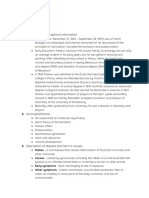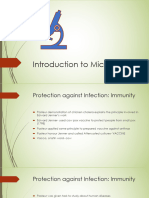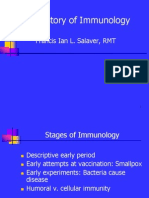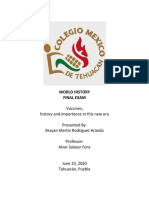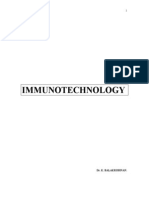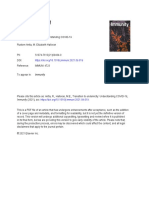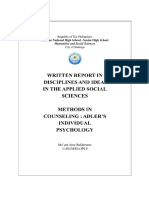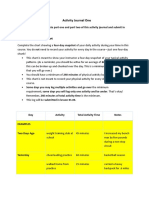0% found this document useful (0 votes)
86 views3 pagesProgress Check Assignment
Nothing
Uploaded by
86by7vdhprCopyright
© © All Rights Reserved
We take content rights seriously. If you suspect this is your content, claim it here.
Available Formats
Download as DOCX, PDF, TXT or read online on Scribd
0% found this document useful (0 votes)
86 views3 pagesProgress Check Assignment
Nothing
Uploaded by
86by7vdhprCopyright
© © All Rights Reserved
We take content rights seriously. If you suspect this is your content, claim it here.
Available Formats
Download as DOCX, PDF, TXT or read online on Scribd
/ 3













